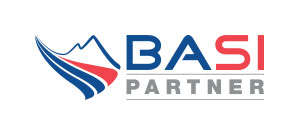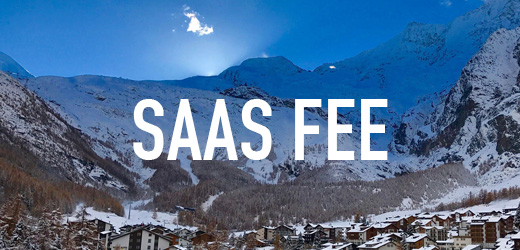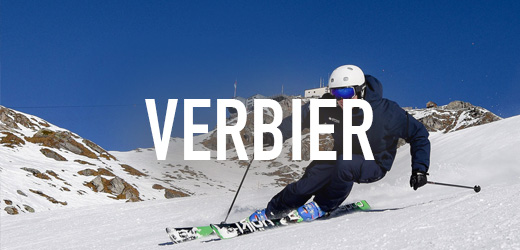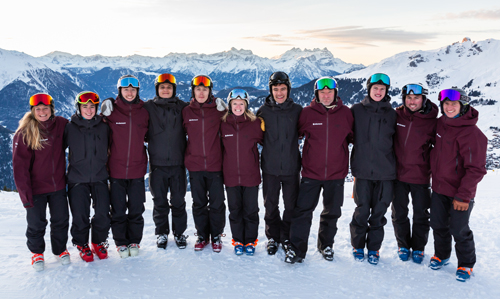(Video) BASI skiing: Piste Long & Short / Level 1 & Level 2
“How good a skier do I need to be?” is often one of the first questions on a gap/career break. Here is the first in a series of blogs on what the British Association of Snowsport Instructors (BASI) has on their OfficialBASI Youtube channel for the BASI skiing Level 1 and Level 2 exams …
We asked a current and former BASI Trainer to give their advice on what BASI expect and what’s needed in piste performance at BASI Level 1 and Level 2.
BASI Level 1 vs Level 2 Piste Long & Short Turn Videos
Here are the the two videos OfficialBASI has demonstrating the skiing required at Level 1 & Level 2 for piste long and short turns.
(Video) BASI Level 1
(Video) BASI Level 2
So, the question is … what do I need to do then to pass long and short BASI Level 1 and 2 turns?
Level 1 vs Level 2 Long Turns
Watch the two videos again.
Notice how the Trainer “drifts” the top of the turn in the Level 1 video.
What this means is he does not try to grip the snow, instead he simply slides across the snow while pointing his skis into the direction of the turn.
Towards bottom half of the turn, after the fall line, he tilts the skis into the slope to grip and “carve” the end of the turn.
(This demo is actually a lot harder than it looks!)
In the Level 2 video he is more active with the lateral body movement to ensure the edges of the skis engage earlier.
He keeps the skis gripping all the way through the turn and relies on the ski sidecut to do more of the work (as opposed to pointing his skis into the turn).
What you should be able to see in both videos is that the Trainer doesn’t make any excessive lateral body movements to make the skis grip.
The movements are all gradual and balanced with each other – too often a skier will overly use the hip or shoulders or knees for lateral movement.
That isn’t to say you just lean everything into the turn in one go (called “inclination”) because at some point you’ll need to balance what the lower part of your body is doing with the top half – that is when you think about starting the next turn (called “angulation”).
Too often maximum inclination or maximum angulation make the “best” photos so everyone tries to mimic these “positions”.
But a skier needs to go through a whole range of movements while turning and not just “make a shape”.
Being able to “feel” what’s happening with the ski against the snow is essential in successfully making “only” the movements you need to achieve the desired turn: what BASI call “input” / “output”.
Level 1 vs Level 2 Short Turns
Whereas Level 1 is again more point and grip as with the long turns, Level 2 has more overall edge use and higher intensity.
What many skiers get confused on is “how” to make the short turn.
Too often, a skier will “push” the ski sideways and away from the body downhill.
Why? To get the ski to grip and give a platform to stand on to stop the old turn and start the next.
But this tends to cause all sorts of problems with balance (onto inside ski), rotation (of hip and shoulders) and turn shape (there isn’t any).
Being able to tilt the ankle and knee into the slope AND point the ski in the direction of the turn is how to avoid pushing sideways.
Easier said than done.
Because tilt too much, too quickly and the ski grips too much not allowing you to point it where you need.
Again, every input must be compared to the output it is making on the turn.
If you feel “blocked” and not able to turn the skis across the slope enough to control speed, try less edging movements not more – remember more edge = more speed, even if you think more edge = more stop.
It is only once a ski has crossed your direction of travel that it will slow you down when made to grip/edge.
Staying on the ball of the foot, center of ski, or even a little further forward really helps with shorter turns.
(Interestingly, the pivot point is more towards the tip of the ski, rather than centered, in the Level 2 video vs Level 1 but don’t mention this to the Trainer!).
Remember these three key points:
-
Move the body from the feet up and feel what effect it makes on the ski direction vs assuming a position that looks like a skier and holding it from turn to turn
-
Roll the ski into the slope to tilt it up on edge vs pushing the ski away from the body to increase edge angle
-
Always feel you can influence the turn by pointing the skis from under the ball of the foot if needed vs getting the ski onto such a big edge angle you are “locked” into a turn or unable to influence the skis direction
Peak Leaders has ski instructor courses starting pre-season in Saas Fee (Switzerland) and St Anton (Austria), plus winter courses in Morzine (France) and Verbier (Switzerland).
For a chat about any of our courses get in touch here.










